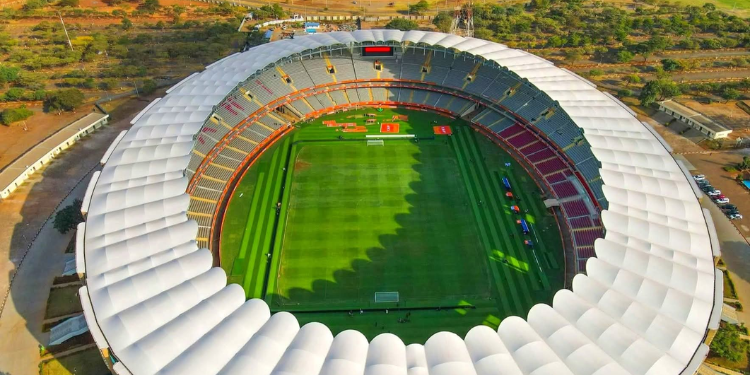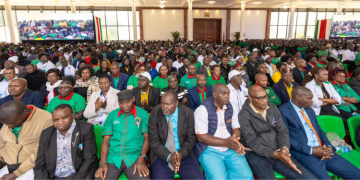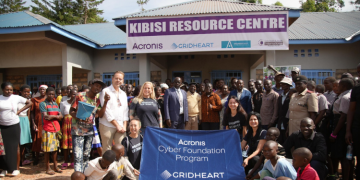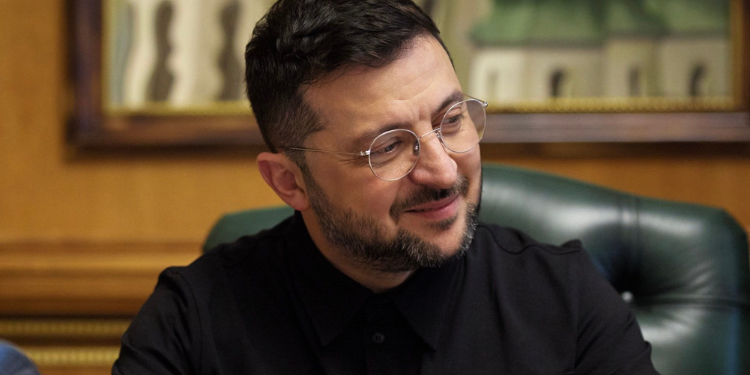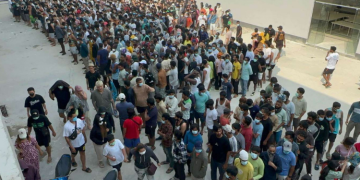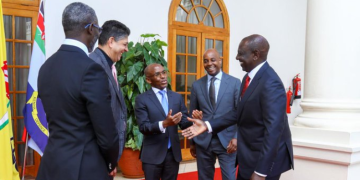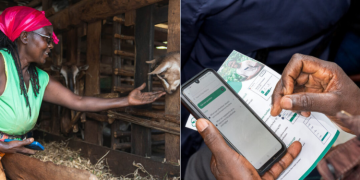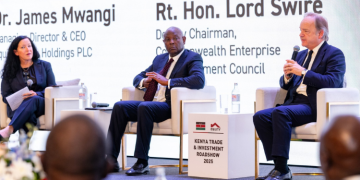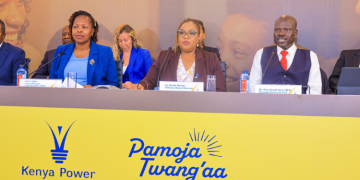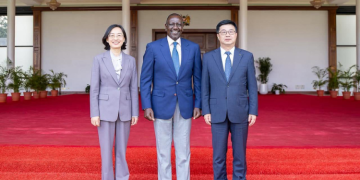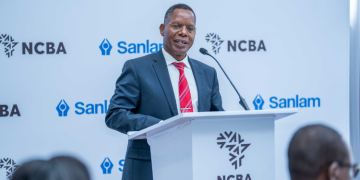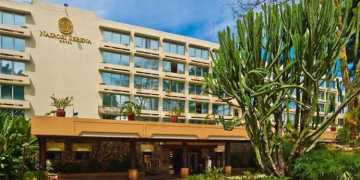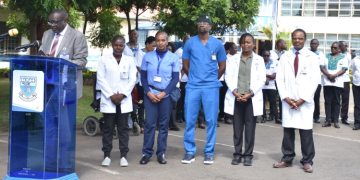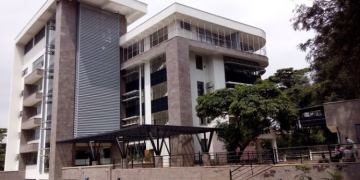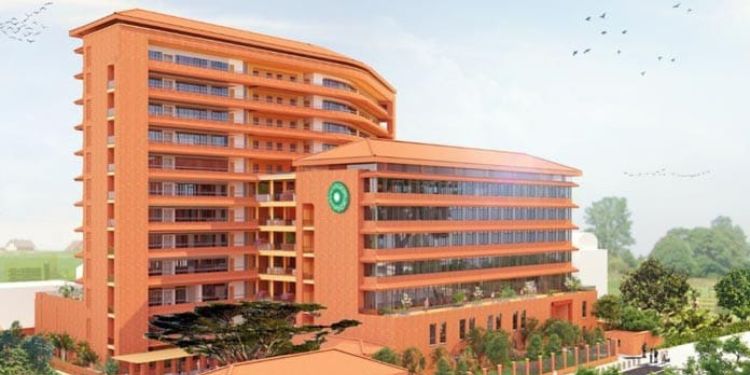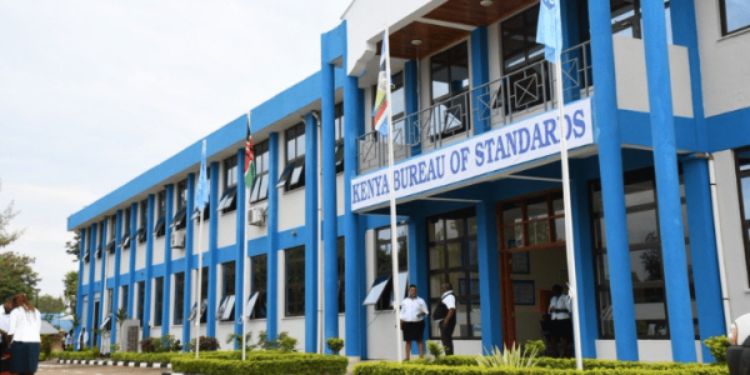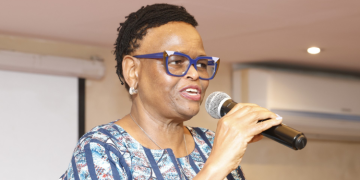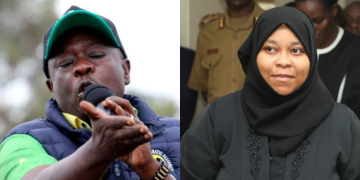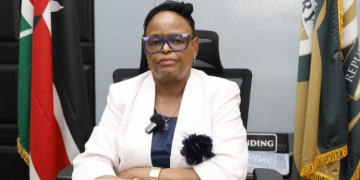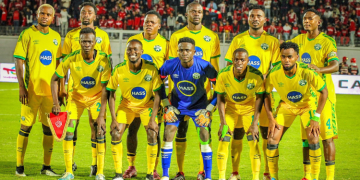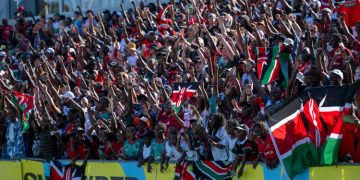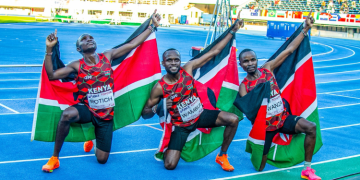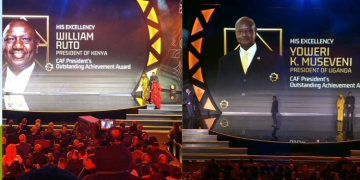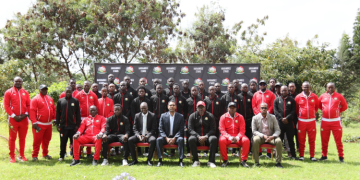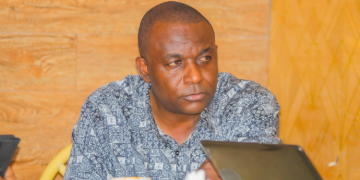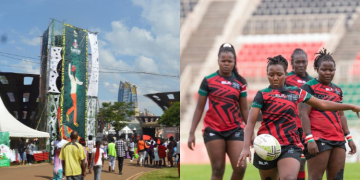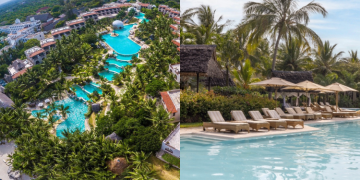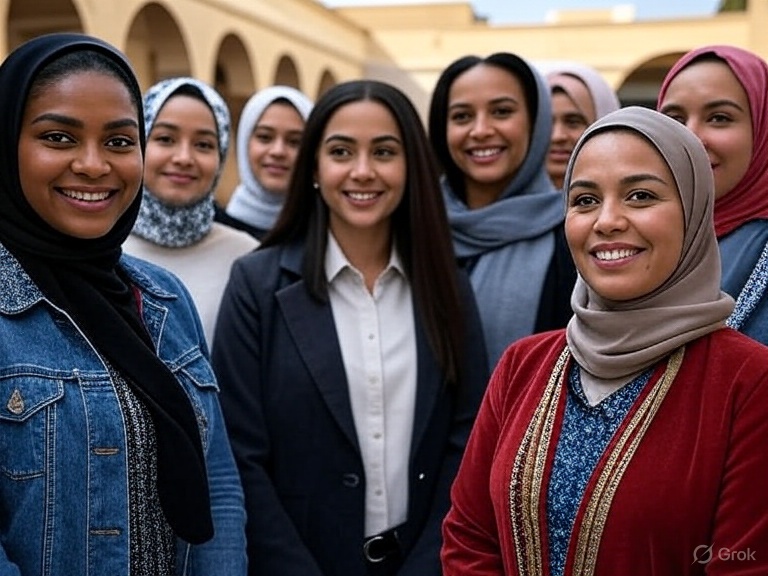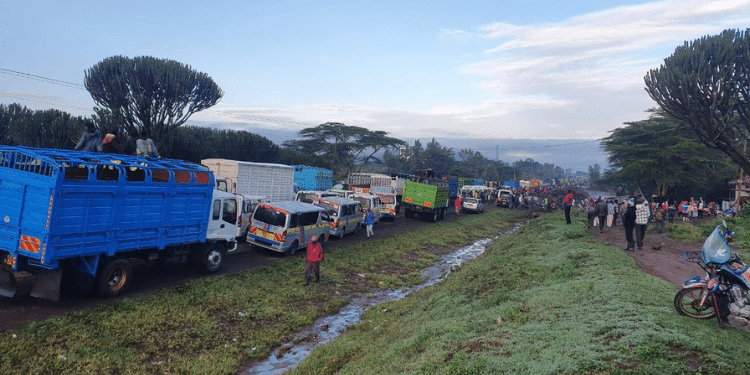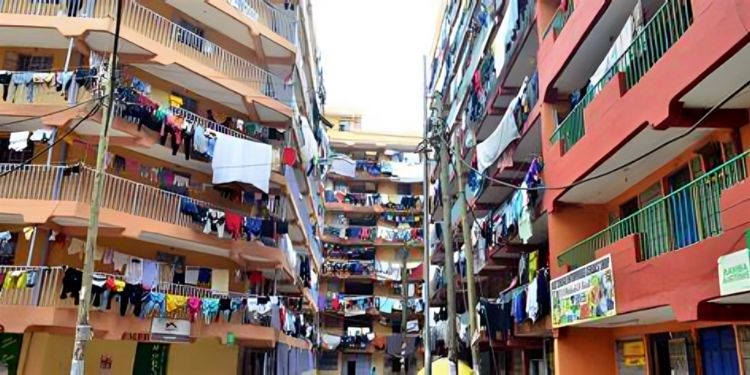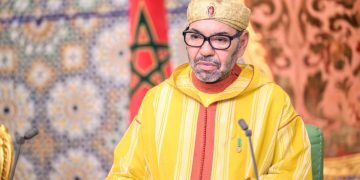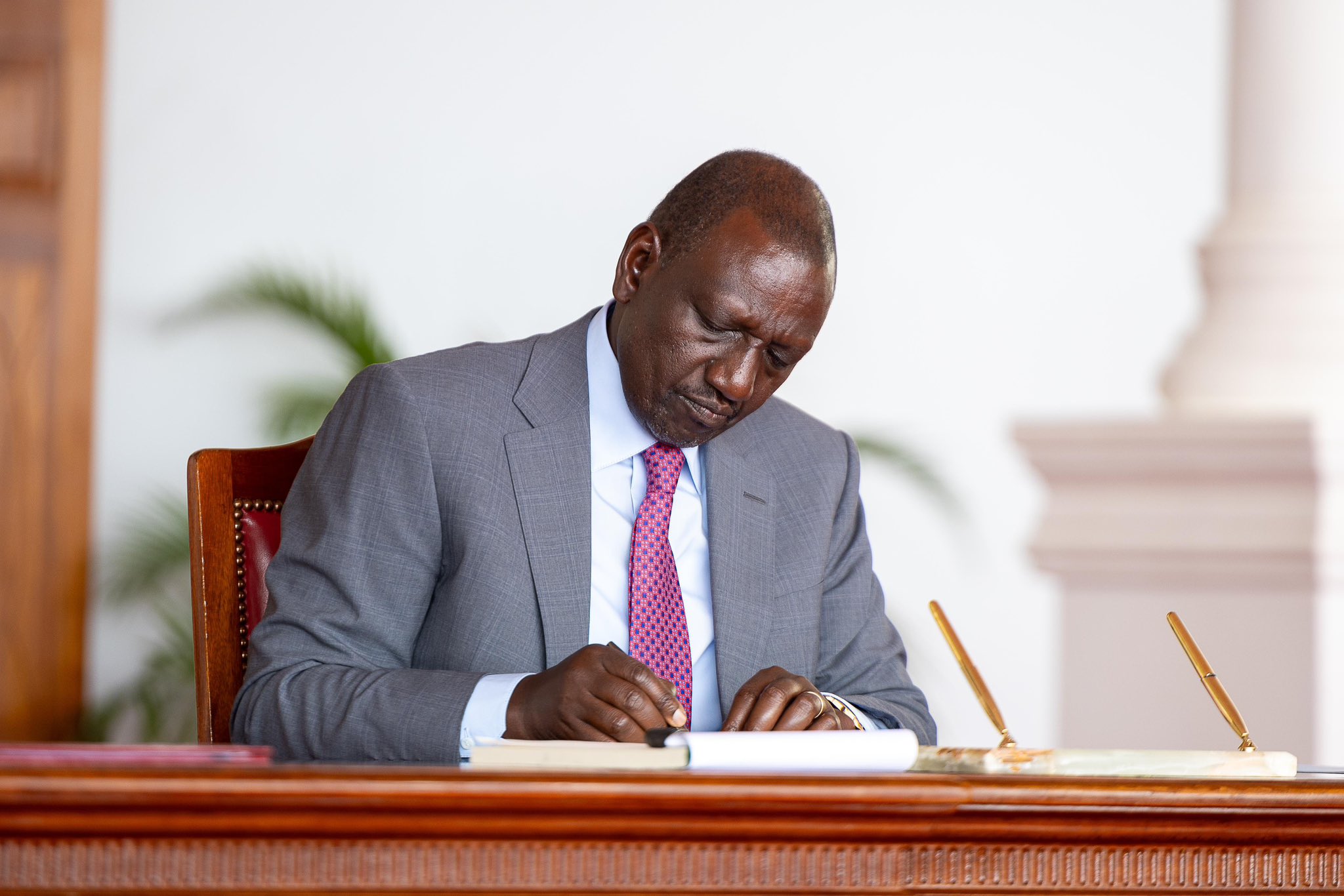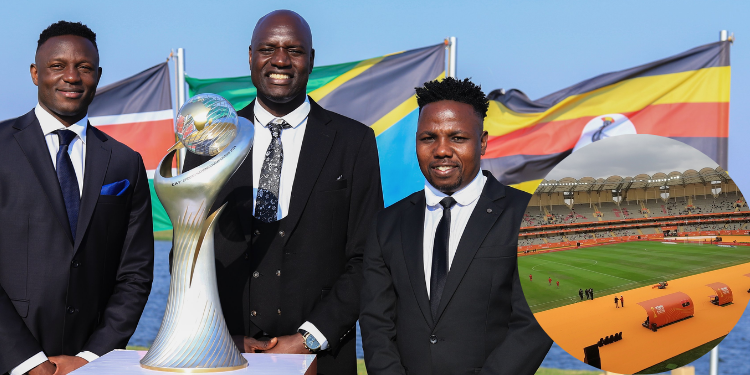The curtain will fall on the African Nations Championship (CHAN) 2024 on Saturday, August 30, with the final match set to be played at the revamped Moi International Sports Centre (MISC) Kasarani in Nairobi.
But long before the trophy is lifted, Kenya has already won something bigger — the legacy of hosting a continental tournament with the ambition, energy, and infrastructure to match Africa’s greatest football stages.
Nairobi has positioned itself as the football capital of Africa — setting a benchmark for continental competition, setting the pace for the Africa Cup of Nations (AFCON) 2027, and reigniting the nation’s sporting spirit.
The MISC Kasarani Stadium, now widely considered among Eastern Africa’s most advanced football venues, has transformed into a worthy venue for the occasion. Once a 60,000-seater, the stadium now officially holds 48,000 fans following its revamp.
How Kasarani Stadium was revamped to meet CAF standards
A new canopy roofing system now shields fans from the sun and rain. The VIP and VVIP sections offer cushioned, foldable seats complete with cup holders and more legroom — giving spectators a world-class experience. The pitch itself was completely redone, featuring new artificial turf and a high-standard drainage system to ensure top-tier playing conditions.
Two large LED screens, a new stadium-wide sound system, and perimeter digital advertising boards brought modern vibrancy to the venue, while the Confederation of African Football (CAF)-approved changing rooms now give players an elite professional environment.
CHAN 2024 Local Organizing Committee (LOC) Chairperson Nicholas Musonye had revealed that the 1987 All Africa Games final at Kasarani nearly turned chaotic due to overwhelming attendance after 100,000 fans packed the then 60,000-seater stadium.
To avoid repeating that dangerous scenario, the stadium’s capacity was reduced to 48,000 through the installation of individual seats to improve comfort, safety, and crowd control.
Musonye emphasized that every seat is now numbered, allowing for organized entry and seating, which is part of broader efforts to ensure spectator safety and avoid past risks.
Fan zones that brought the nation together
In addition, what has truly defined CHAN 2024 in Kenya is the people. The unparalleled fan turnout has become a talking point across Africa — not just inside Kasarani, but across the country.
With rising demand and ticket limitations, the Football Kenya Federation (FKF) and the Ministry of Sports, in collaboration with county governments, established designated fan zones to bring the matchday experience to the streets. What started as 8 fan zones in Nairobi soon grew to 13, with new centers in Dagoretti, Camp Toyoyo, Babadogo, and Ruiru.
Also Read: Millions Harambee Stars Bagged Despite Madagascar Loss in CHAN Quarters
From Uhuru Park to Kibera, and Dandora Stadium to Jacaranda Grounds, thousands of Kenyans gathered in safe, vibrant spaces, watching matches on big screens, surrounded by music, commentary, food vendors, and fan merchandise.
The Mombasa County Government followed suit, establishing six more zones, including at Shelly Beach, Hassan Joho Stadium, and Changamwe Volleyball Grounds. Elsewhere, Homa Bay and Uasin Gishu joined in, with fans showing that football fever had no borders.
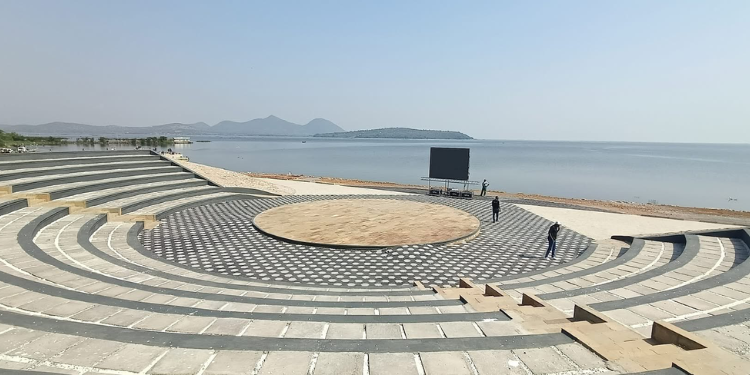
These festival-style zones were free, inclusive, and family-friendly — with security and crowd control measures implemented to ensure safety. In short, they represented a community-first approach that could redefine how major tournaments are consumed across Africa.
Overcoming early challenges
While CAF fined Kenya for organizational breaches during the first three group matches, lessons were quickly learned. By the time Kenya faced Madagascar in the quarterfinal, the improvements were evident — both on and off the pitch.
CAF responded by raising the stadium capacity cap from 27,000 to 38,400 ahead of the quarterfinal match, signaling confidence in LOC’s progress.
The quarterfinal match against Madagascar, although ending in heartbreak for Harambee Stars, demonstrated the unity and passion of Kenyan fans.
Harambee Stars, making their CHAN debut, had topped Group A and came into the knockout stage with soaring hope.
Also Read: Kenya Eliminated from CHAN 2024
The match, filled with drama, ended in a 1–1 draw and eventually saw Kenya fall in penalties, with Alphonse Omija and Michael Kibwage missing their spot kicks. Yet, for many, that match wasn’t just an exit — it was a statement that Kenya belongs on this stage.
Beyond CHAN 2024
This isn’t the first time Kenya has hosted a major continental event. From the 1987 All Africa Games to the CECAFA tournaments, the country has long flirted with the mantle of sporting leadership in the region.
But for CHAN 2024, the investment in infrastructure, the nationwide engagement, the broadcast integration hub in Nairobi servicing host countries, all point to something bigger.
With the AFCON 2027 tournament just two years away, CHAN 2024 has become a launchpad. The tournament’s semifinals feature Madagascar vs Sudan, set for Tuesday, August 26 at the Benjamin Mkapa Stadium in Dar es Salaam, and Morocco vs Senegal, which will be played the same day at the Mandela National Stadium in Kampala.
The third-place match will take place on Friday in Uganda, ahead of the final on Saturday, August 30 at MISC Kasarani.
Follow our WhatsApp Channel and X Account for real-time news updates.
